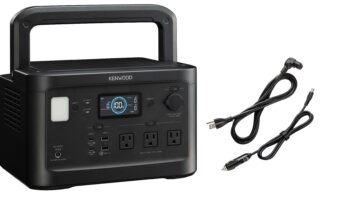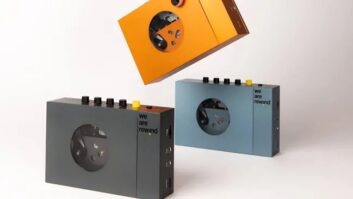Bellevue, Wash. — The ultra-low-power Wibree technology will become part of the low-power Bluetooth spec to extend Bluetooth’s reach into small devices that use button-cell batteries, including wristwatches, toys, healthcare devices, and sensors for sports and gaming activities.
The announcement was made by Wibree inventor Nokia and the Bluetooth Special Interest Group (SIG).
Wibree was developed by Nokia and announced in October 2006 when the company said it wanted to offer it as an open standard. Final development of the Wibree spec will now be transferred from the 12-member Wibree Forum to the 8,000 member Bluetooth SIG.
Bluetooth and Wibree are 2.4GHz technologies, with Bluetooth delivering data up to 3Mbps and Wibree streaming data at up to 1Mbps with up to 90 percent less power consumption than Bluetooth in some circumstances, said Harri Tulimaa, Nokia’s technology licensing head. Most of the power-consumption benefits would be in applications other than continuous data streaming or voice applications, which could achieve power savings of 10 percent to 20 percent, said Tulimaa. Operating ranges for both are similar at up to about 3 meters.
With Bluetooth’s embrace of Wibree, Wibree will be available sooner and at a lower cost because of the Bluetooth SIG’s large membership and existing testing programs, the SIG contends. Wibree will also benefit from Bleutooth’s high consumer awareness, said to be 86 percent globally.
Adoption of a single-mode ultra-low-power spec and a dual-mode Wibree/Bluetooth spec will occur “in the first part of 2008,” said Michael Foley, executive director of the Bluetooth SIG. The spec will be available royalty-free. A “realistic time line” for the first products incorporating the spec is the third quarter of 2008, he said.
Single-mode Wibree applications include sports watches that connect to sensors on the body, shoes and other fitness gear to gather and display data on heart rate, distance, speed and acceleration. The sensors could also send data to a cellphone or PC equipped with dual-mode Wibree/Blueooth technology, Nokia said. Single-mode watches could also display a phone’s caller ID information.
In addition, Wibree-only healthcare monitoring equipment and sensors could send data such as blood pressure and glucose levels to dual-mode devices such as phones and PCs, which could send alerts to a care giver’s cellphone.
“The true power of the solution is in dual-mode devices,” which will include cellphones but could also include MP3 players and PDAs, Foley said. Dual-mode devices are cost-effective because they can “run the ultra-low-power protocol on an existing radio in parallel with Bluetooth” and use the same antenna, Tulimaa added.
Tulimaa forecast quick adoption of dual-mode Bluetooth, at least by Nokia. Widespread adoption by cellphone makers is “the single most important enabler for acceptance because mobile phones are the highest volume product,” he said. “If they have ultra-low-power [technology], it will attract different accessory manufacturers and applications.”
“The majority of Bluetooth Nokia phones quite quickly will also be supporting ultra-low-power,” he stressed.
Home office equipment with single-mode Wibree would benefit from Wibree’s small size, ability to extend battery life, and lack of need for dongles to make a wireless connection, proponents also said. In entertainment devices, Wibree could be used in remote controls and gaming accessories with sensor technology.
The Bluetooth special interest group (SIG), meantime, is continuing its work to add ultrawideband (UWB) technology to its specifications to deliver data and video at up to 480Mbps up to 3 meters.










